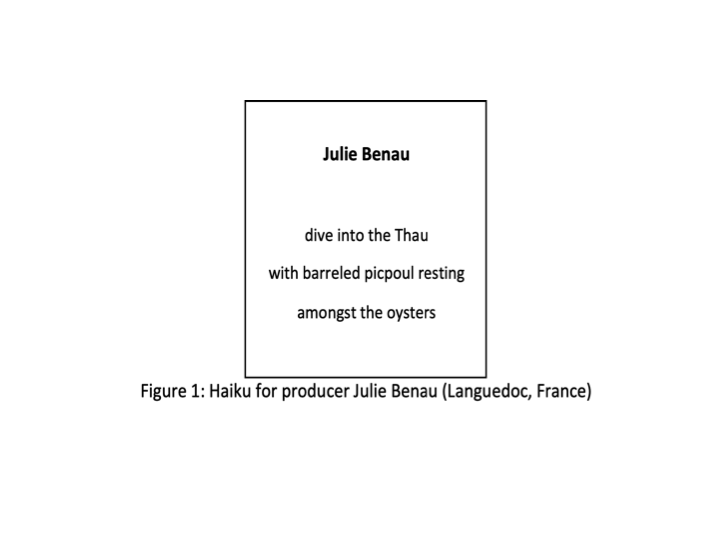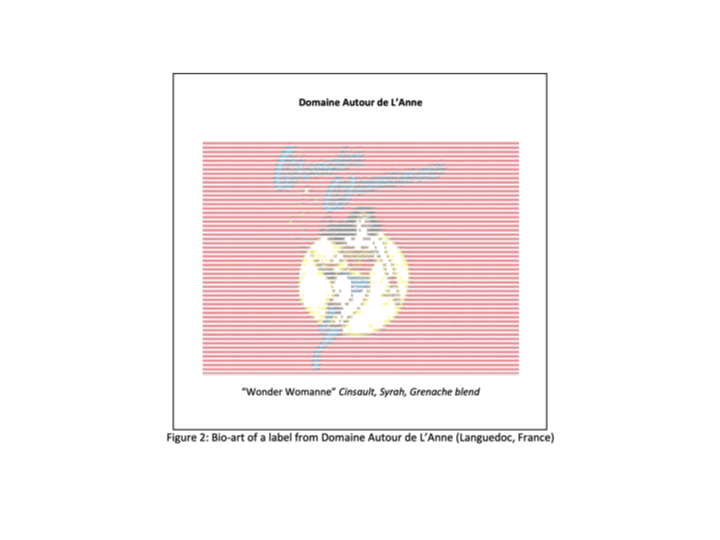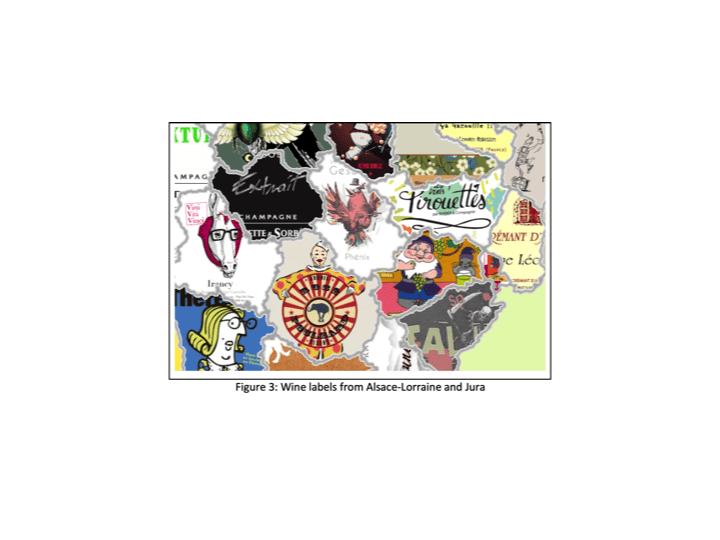A “Natural” Expression: Artistic Explorations of Wine Terroir
Best summed up as the geographical aspects behind a wine’s specific drinking profile, terroir is commonly expressed with agricultural and technical terms that a consumer drinking wine at home may not recognize. As a consumer, you might not know the yields of different grape varieties—or even know offhand what terroir means—but you certainly know why you like chardonnay more than pinot grigio. Enjoying wine is simultaneously open-ended and tied to technical craft, thus a natural progression is to view terroir as artistic. An artistic view supplements the agricultural and technical aspects and makes the concept more accessible to consumers.
While winemaking overall can be incredibly expressive, the practices and careful thought of natural winemaking make it especially ripe for artistic exploration. Natural winemakers use minimal amounts of external inputs when making their wines, instead guided by the natural path of fermentation. This includes using organic and/or biodynamic farming practices, relying on natively occurring yeasts rather than a standardized strain, and adding minimal sulfites to stabilize the wine at bottling. As such, terroir is fully in the forefront in natural wines. The range of European natural wine producers highlighted in this project is influenced by my current work at a European natural wine bar. I used three mediums to explore three under-discussed aspects integral to winemaking. First, I wrote a series of haiku about some of producers I enjoy at the wine bar, using this structured poetry to highlight the unique personalities each brings to their winemaking. Second, I recreated wine labels from producers using the language of genetics to highlight the unique genetic footprint that each wine possesses. Finally, I created a collage using the labels of specific French producers to recreate the wine region map of France, highlighting how personal and regional variations in wine graphic design might mimic the respective geographical variation.
Artistic components
I composed a series of haiku based on what I learned about different producers from drinking their wines and hearing their stories. Many natural producers strive for harmony with the land they cultivate, and the traditional use of the haiku form as a means of reflecting on nature offers a perfect means to explore that. In doing so, my writing conveys terroir on a greater metaphorical level. In total, I composed 30 haiku, describing producers across Europe. Fig. 1 includes a representative poem, describing producer Julie Benau of Languedoc, France.
The bio-art component uses the genetic aspects of grapes as another lens to convey terroir. The four bases of genetics—adenosine (A), thymine (T), guanine (G), and cytosine (C)—come together to make the DNA for every single living organism in different combinations. The specific mixture of grape and microbial DNA in each wine sets it apart from others like it. Recreating the most visual component of a wine, its label, using these four letters introduces a new artistic medium using elements already familiar to consumers. Additionally, this process allows me to extend the idea of terroir to its most microscopic level. Fig. 2 includes an example, based on a label from Domaine Autour de L’Anne also from the Languedoc.
For the collage component, I recreated the wine region map of France using labels from producers in each of the regions. French wine makes use of the terroir-influenced appellation d’origine contrôlée (AOC), which is certification that ensures wines with regional labels conform to their respective sets of accepted practices and grapes. Winemakers have their own agency in choosing whether they want the weight behind each of their cuvees. In juxtaposing the graphic design of labels over this standardized geography, I wanted to explore the nuances of personality that the system may obscure. In doing so, I directly tie the inspiration—familial, emotional, historical—producers have when creating their labels to the environment the wines are grown in. Fig. 3 includes a section of producers from Alsace-Lorraine and Jura.
Conclusion
At its core, wine is a drink of social inspiration that tells the stories of the land it is grown on, the people who make it, and the consumers who share it with friends. With as many voices in the winemaking conversation as there are grape varieties used in making wine, it’s important to mirror that with multiple ways of expressing wine and terroir. Poetry, science, or visual design are only the beginning of a full exploration of the artistic and cultural dimensions of wine.



